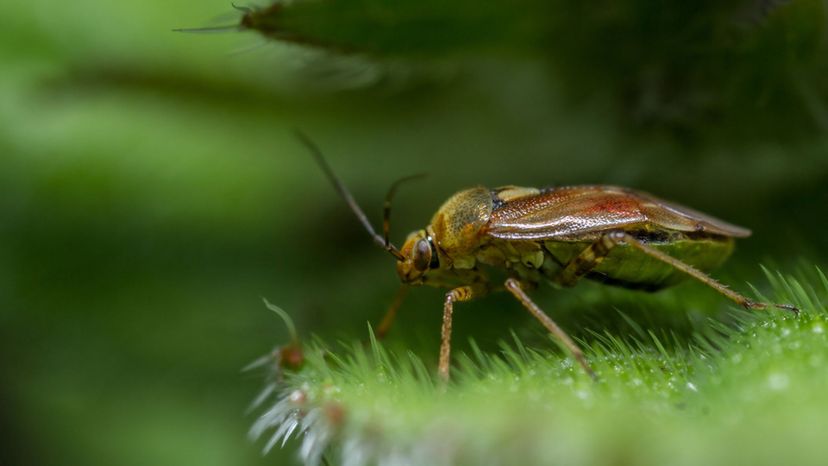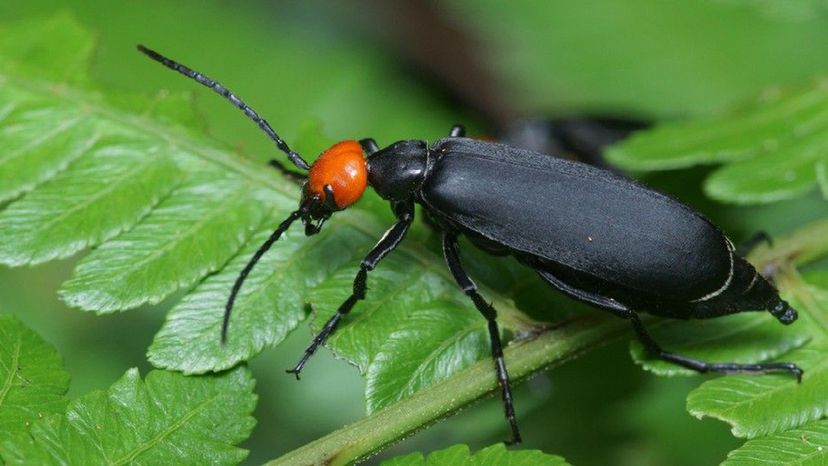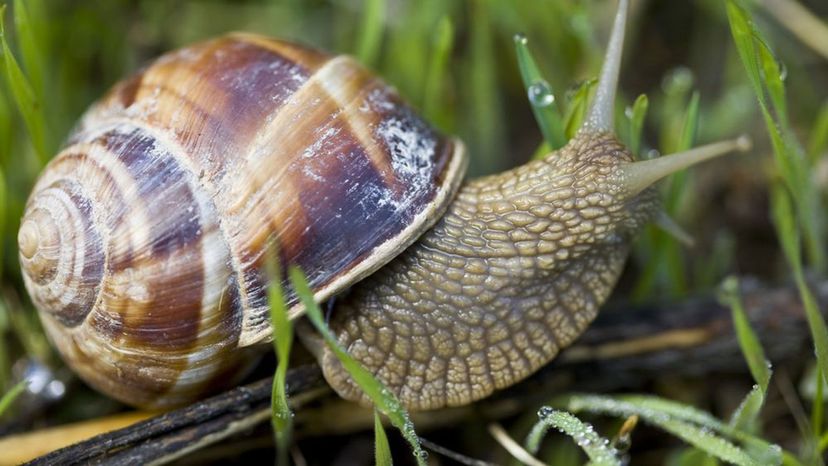
About This Quiz
Can you tell your aphids from your armyworms or spider mites from squash bugs? Do your friends turn to you for gardening advice because of your green thumb? If so, you might have what it takes to ace our garden creatures quiz!
There's no question that gardening provides a variety of benefits. Sure, there's the obvious reward of saving money by growing your own produce or flowers instead of buying them, but that's not all. Gardening serves as a form of moderate exercise, which helps keep you fit and healthy. This hobby also provides a boost of happiness and sense of achievement as you watch seeds transform into healthy plants thanks to your hard work. Finally, gardening can be seen as a form of meditation, offering peace and tranquility in this busy modern world.
Of course, gardening isn't easy by any means, and if you're heading out to the garden-seeking solitude -- forget it. No matter where you live, your garden is surely occupied with countless creatures and critters. While many people are quick to spray insecticides to get rid of these pests, it's important to keep in mind that many garden creatures are actually pretty helpful to keep around. Not only can they help pollinate your plants, but many also chow down on the very pests that plague your garden.
Think you can name the most common garden residents from just a single image? Take our quiz to find out.
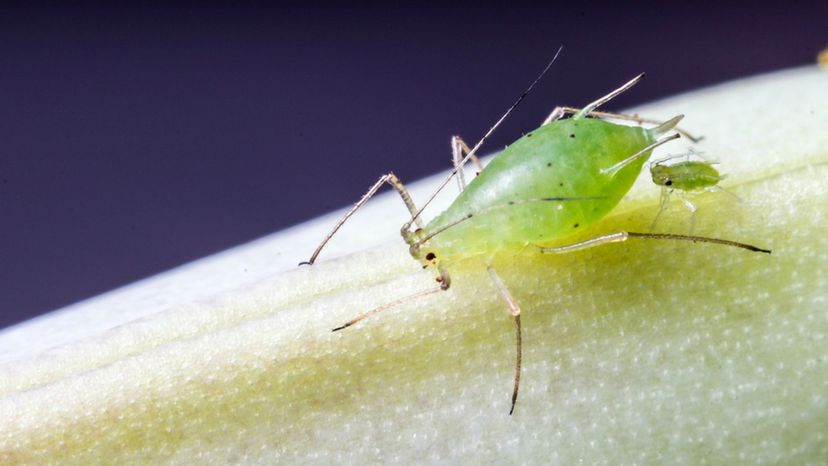
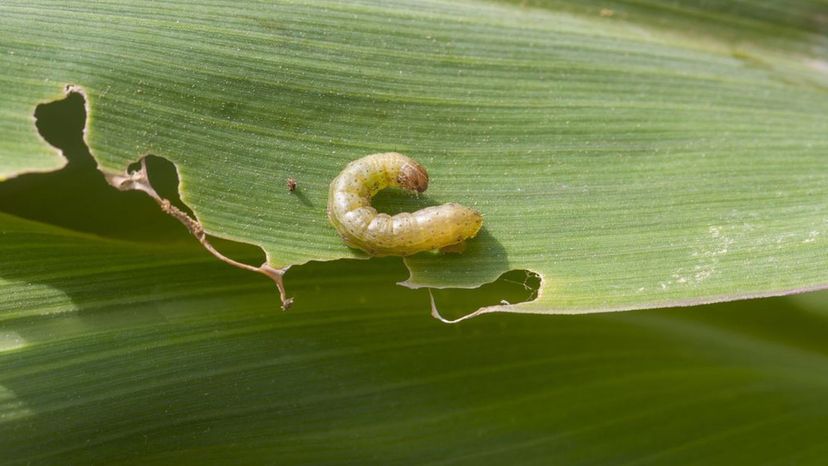
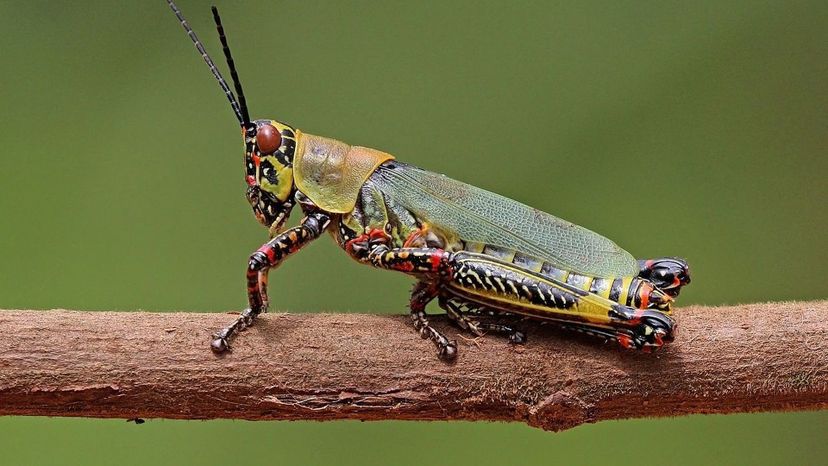
Advertisement
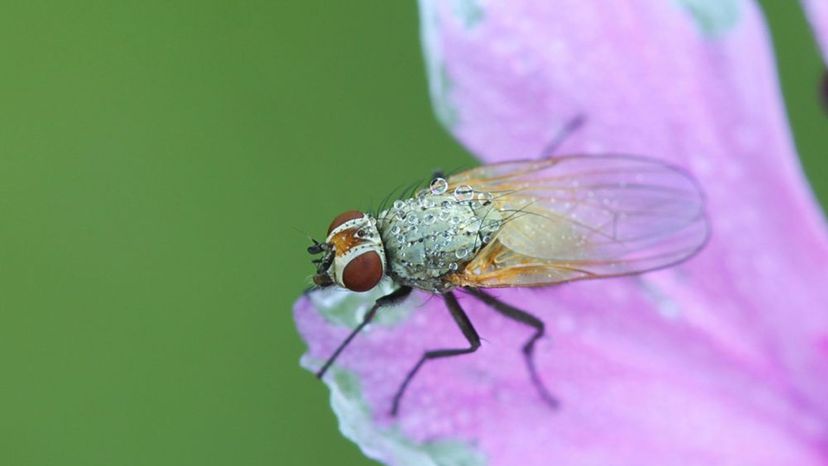
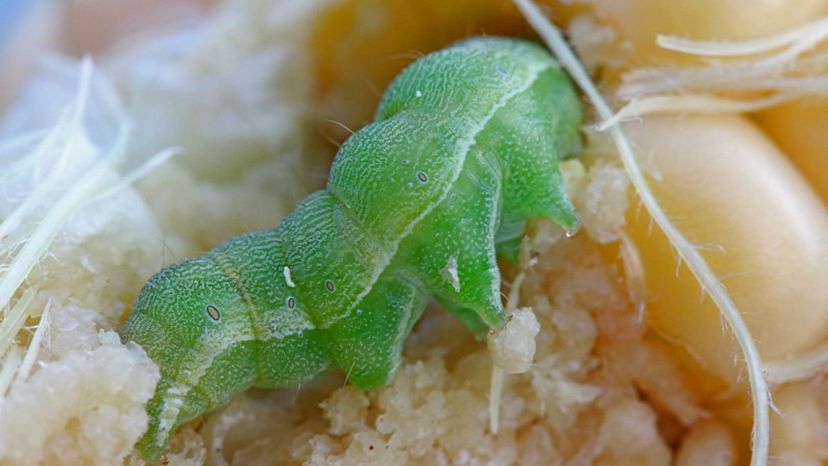
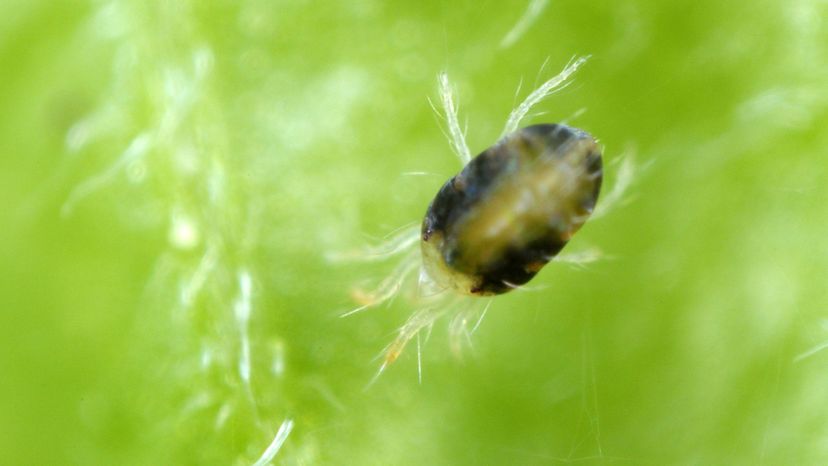
Advertisement
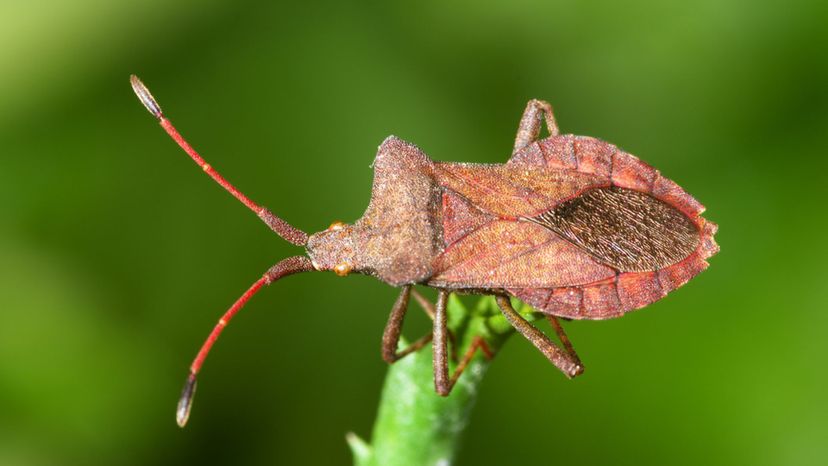
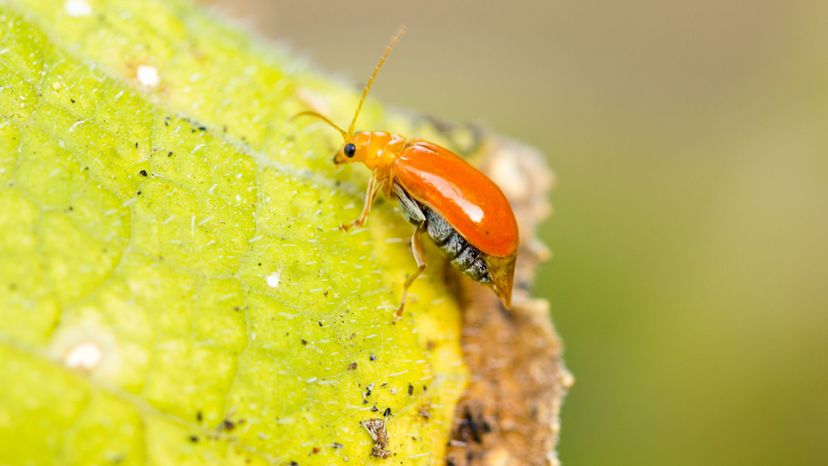
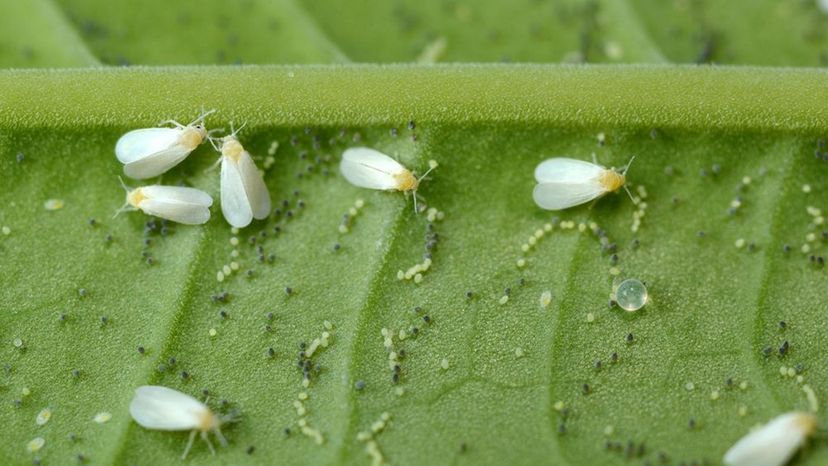
Advertisement
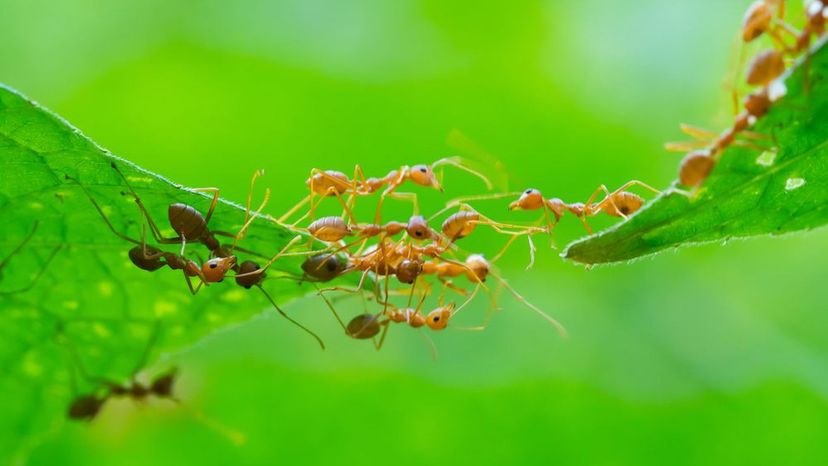
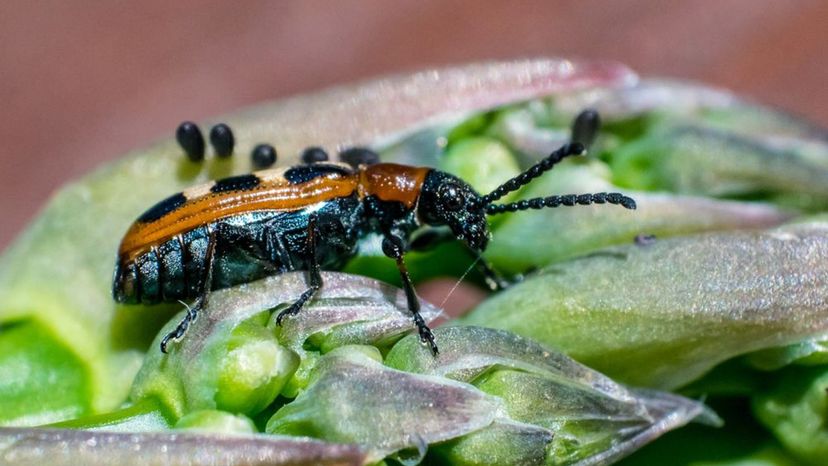

Advertisement
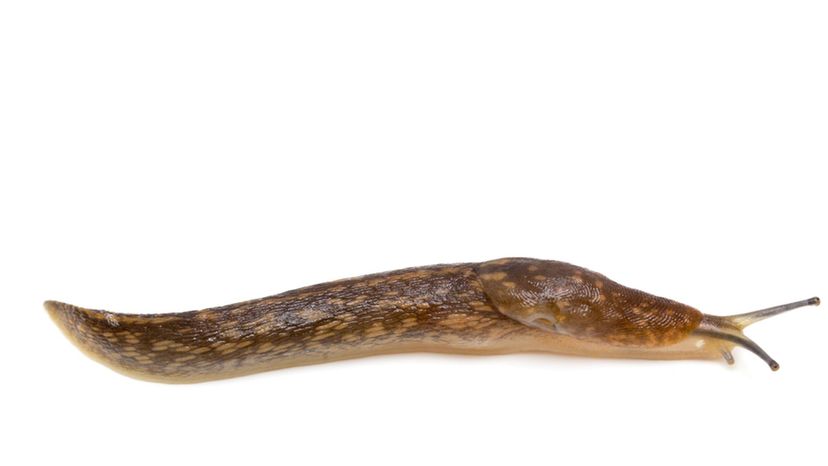
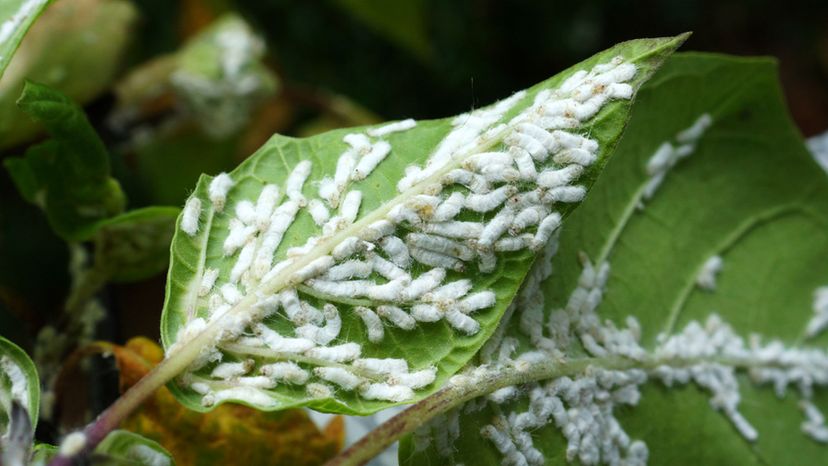
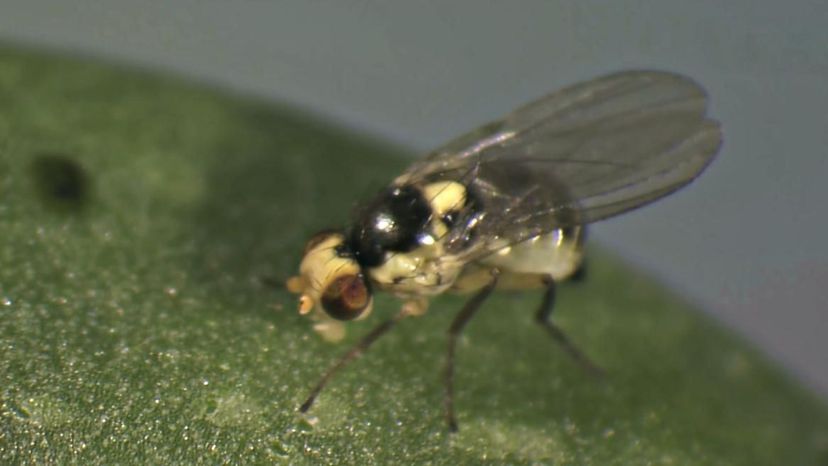
Advertisement


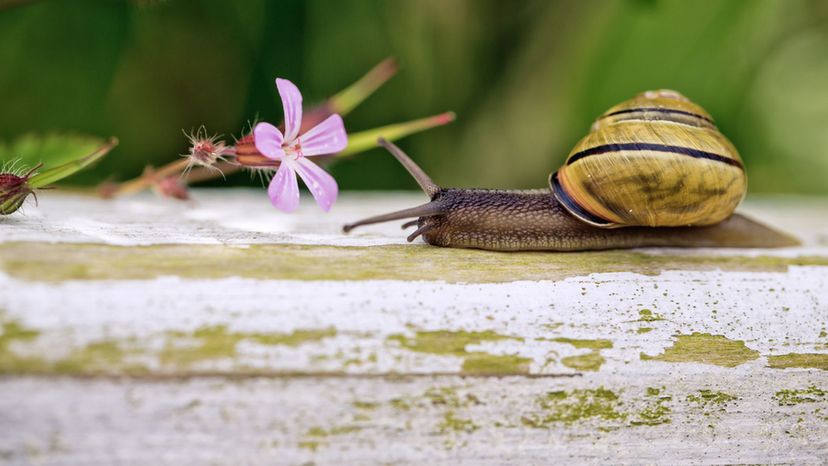
Advertisement
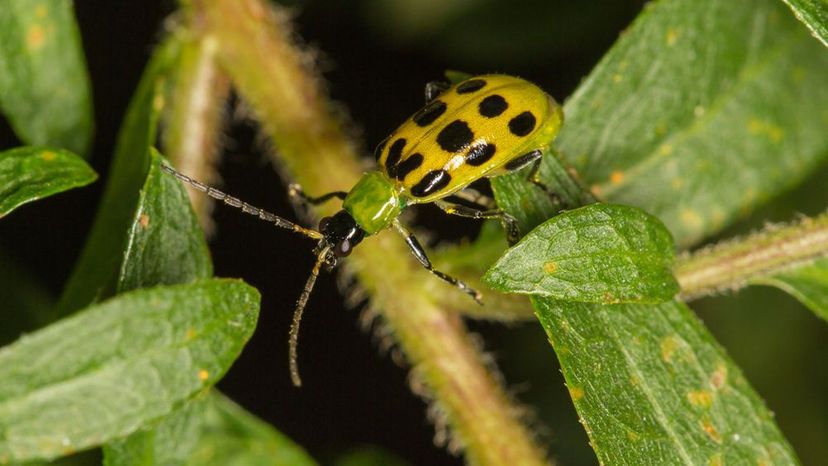
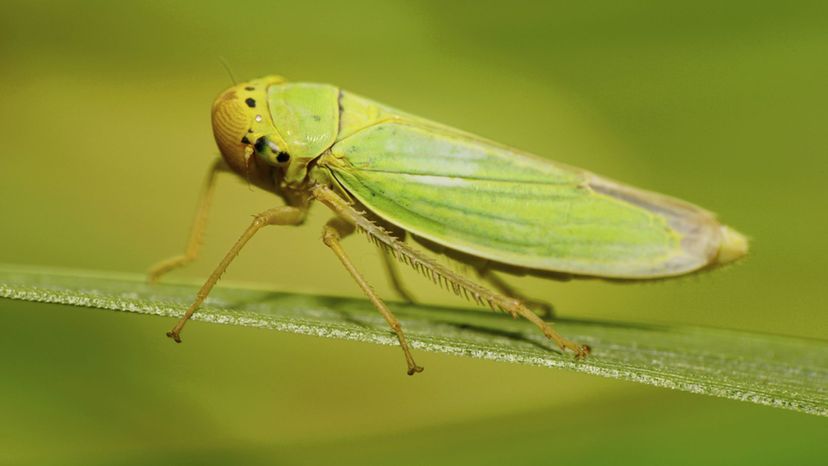
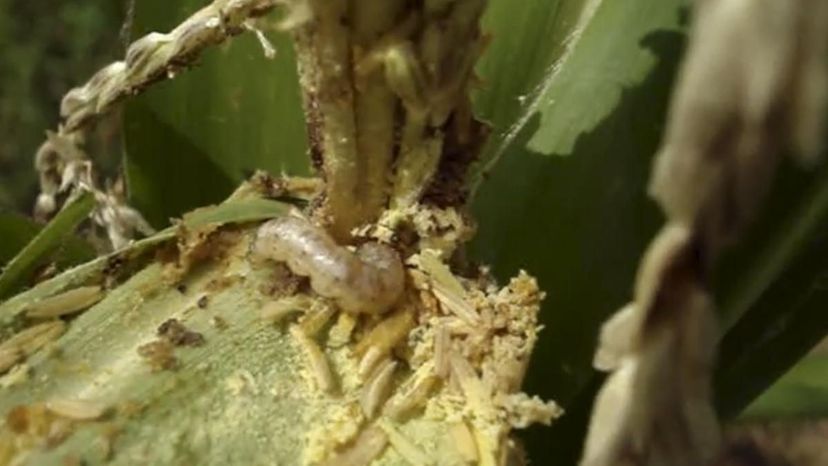
Advertisement
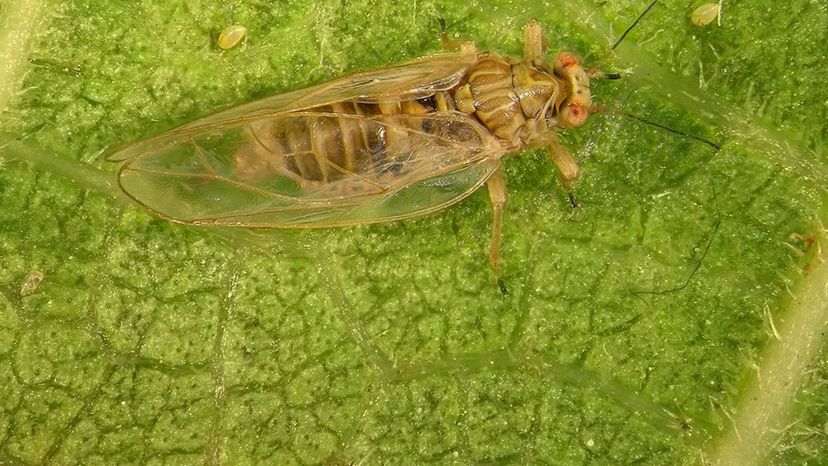
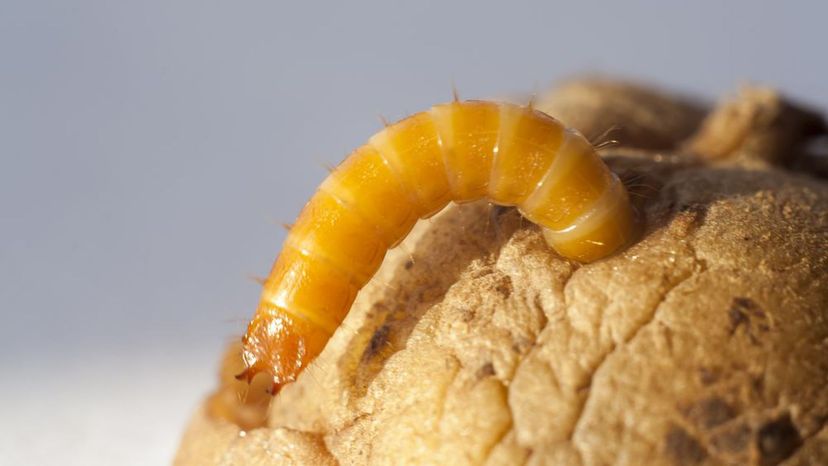

Advertisement

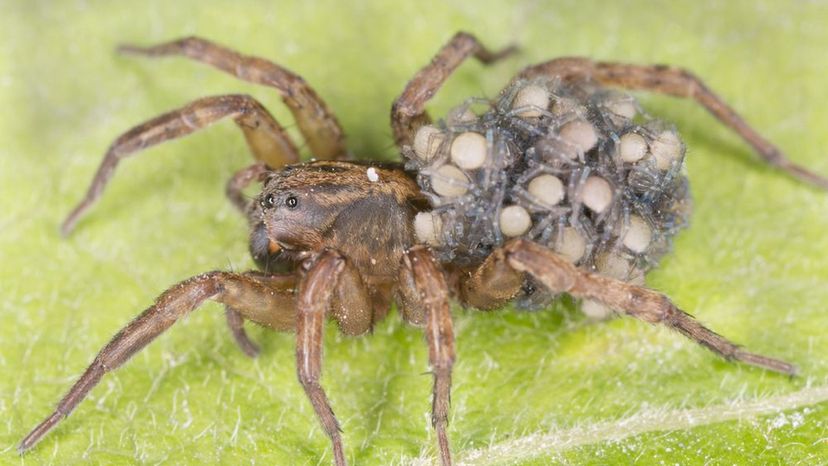
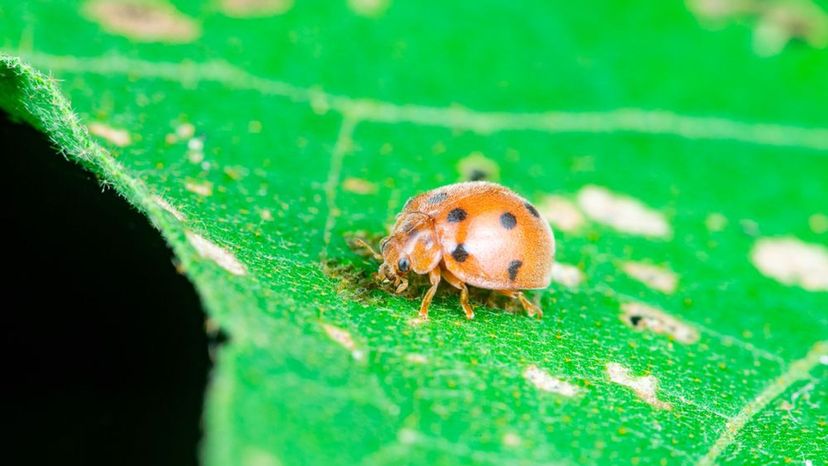
Advertisement
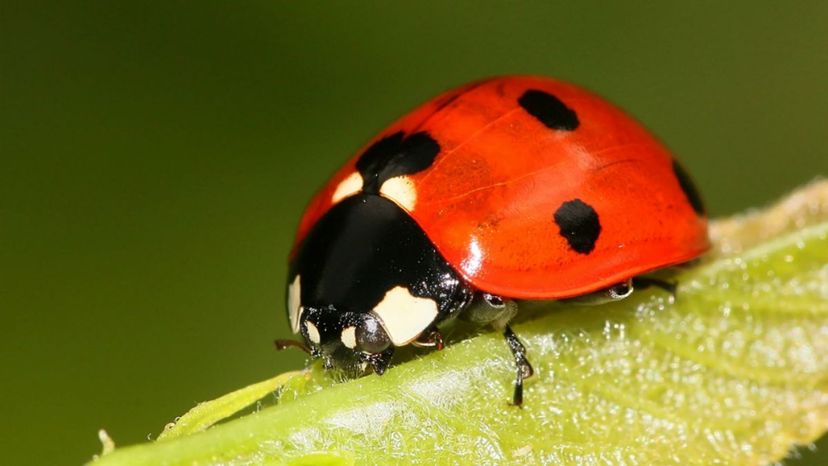
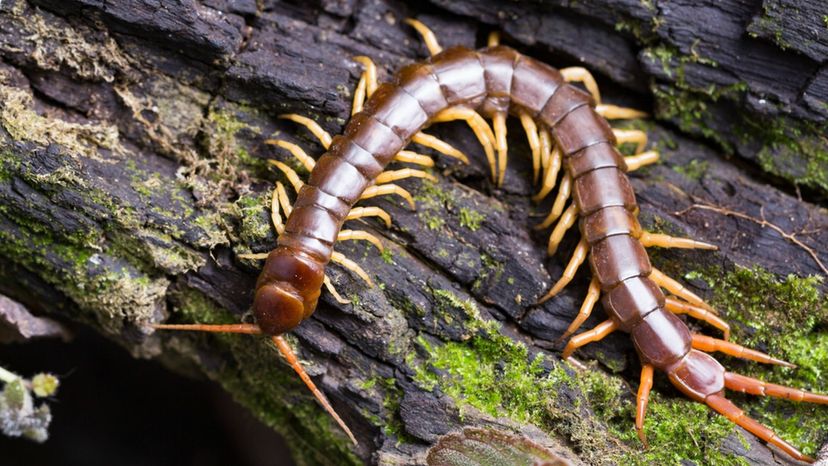

Advertisement
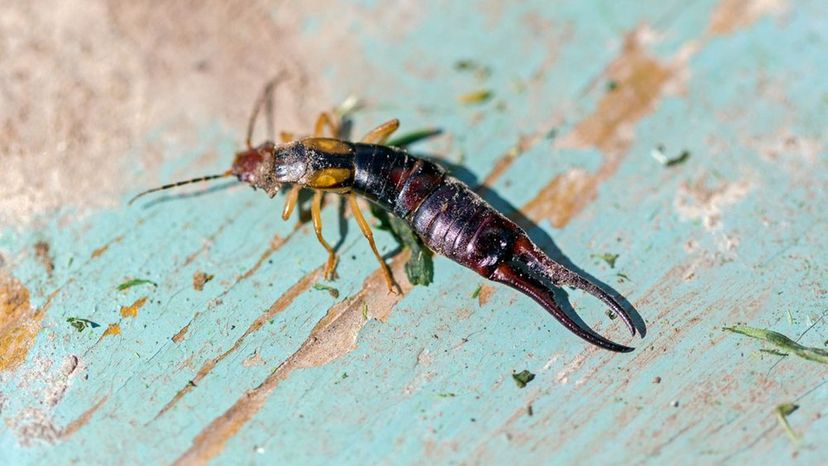
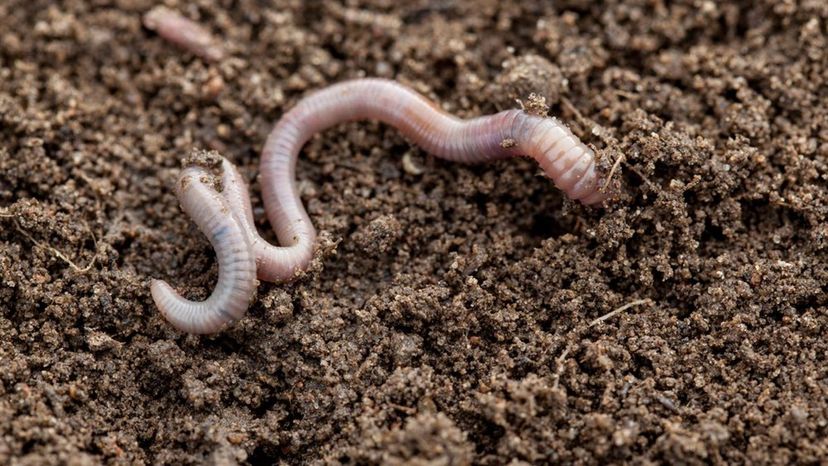
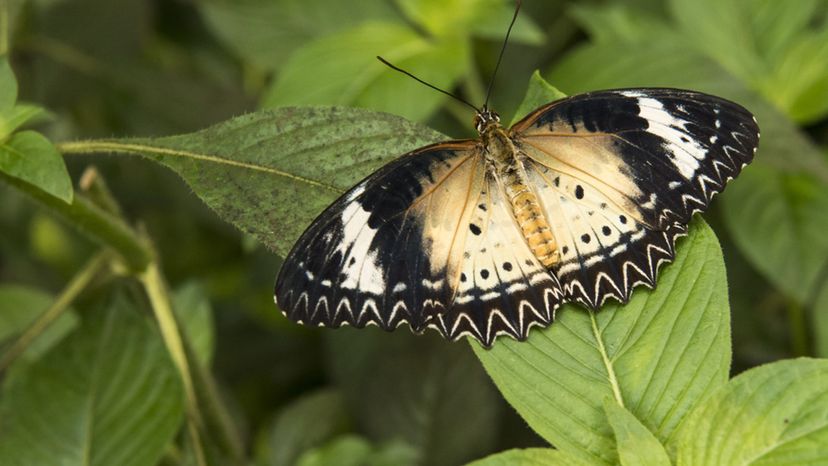
Advertisement
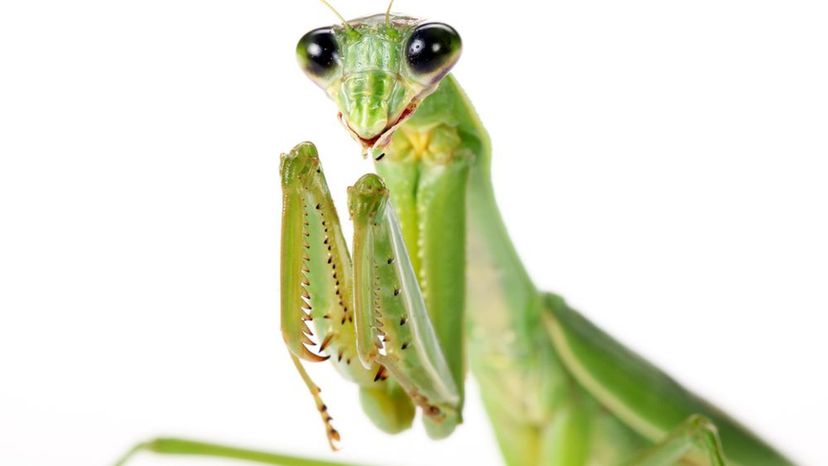
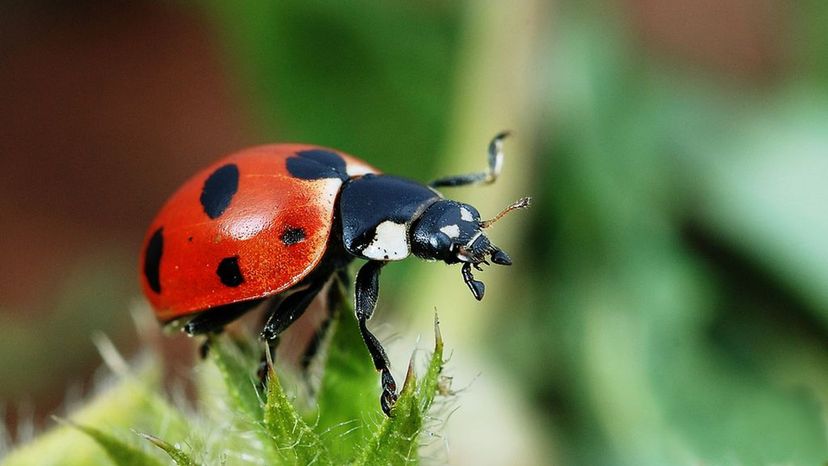
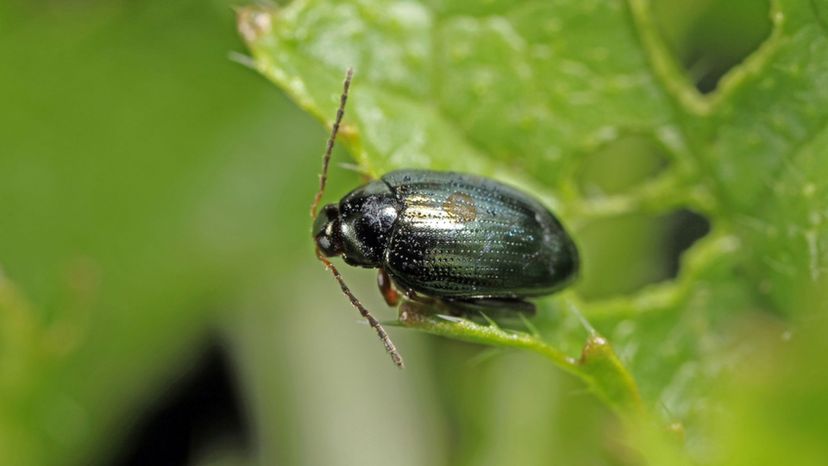
Advertisement
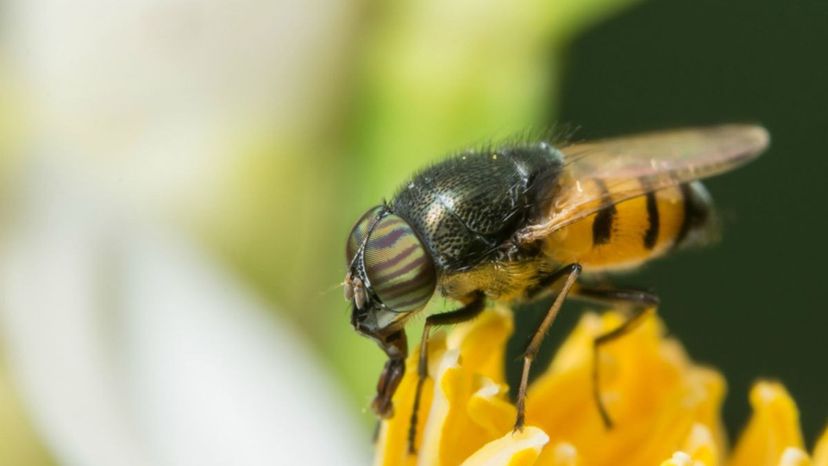
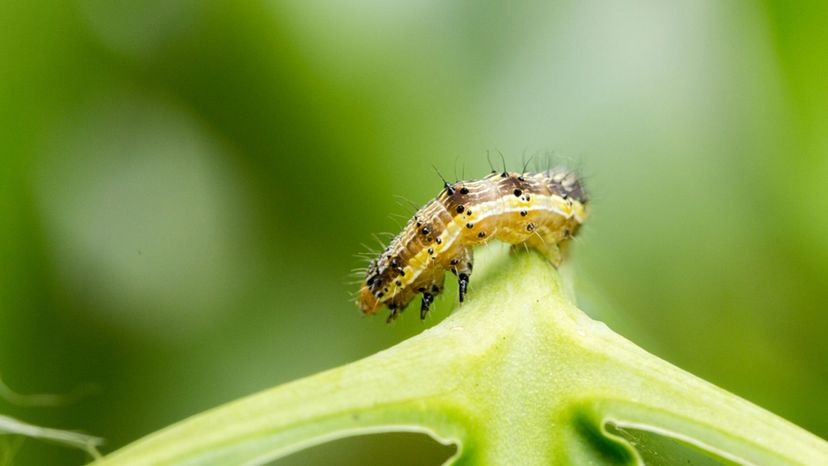
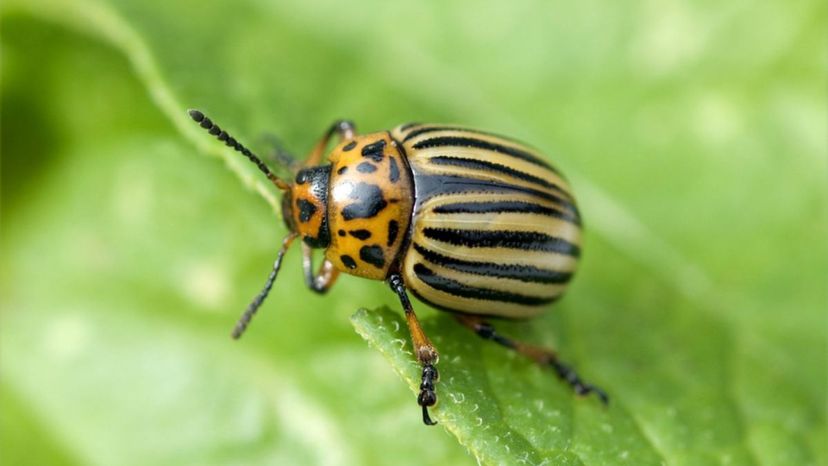
Advertisement

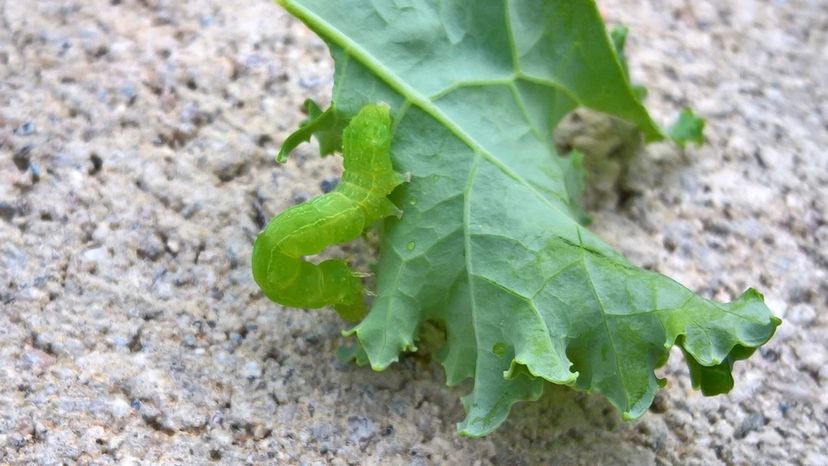
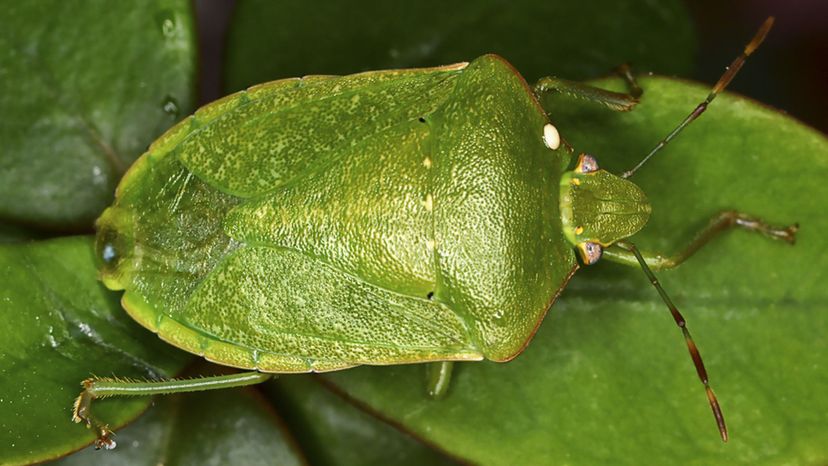
Advertisement
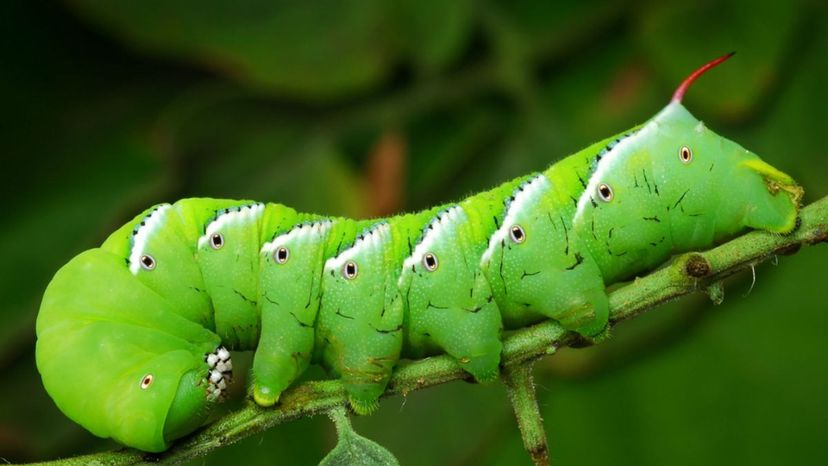
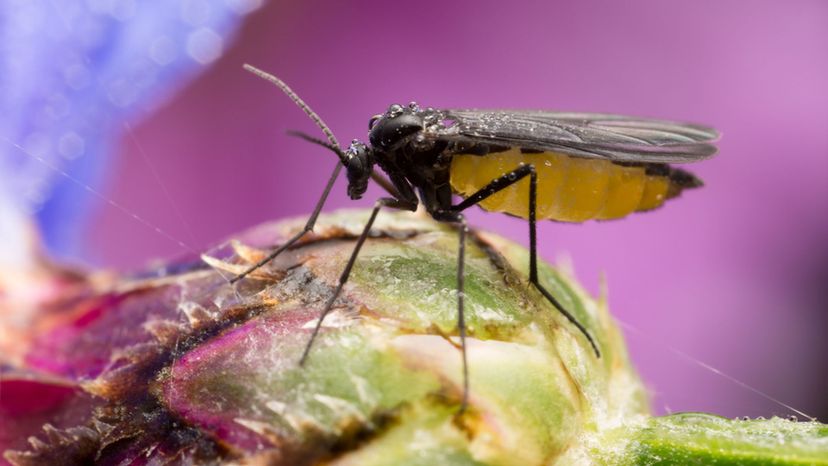
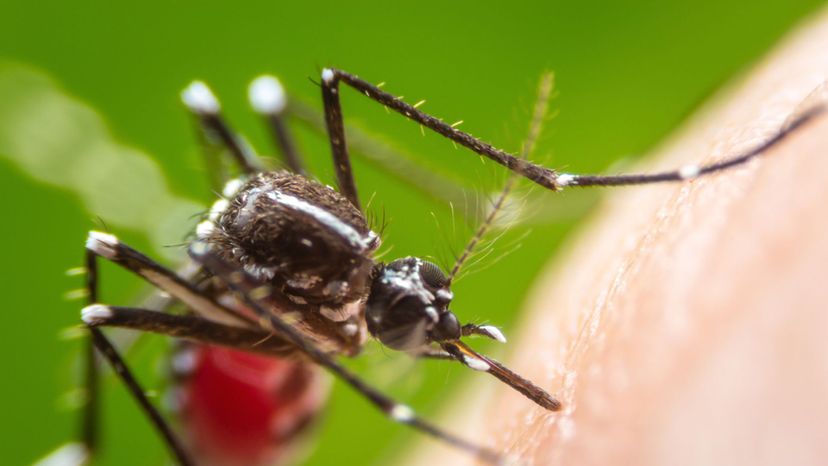
Advertisement
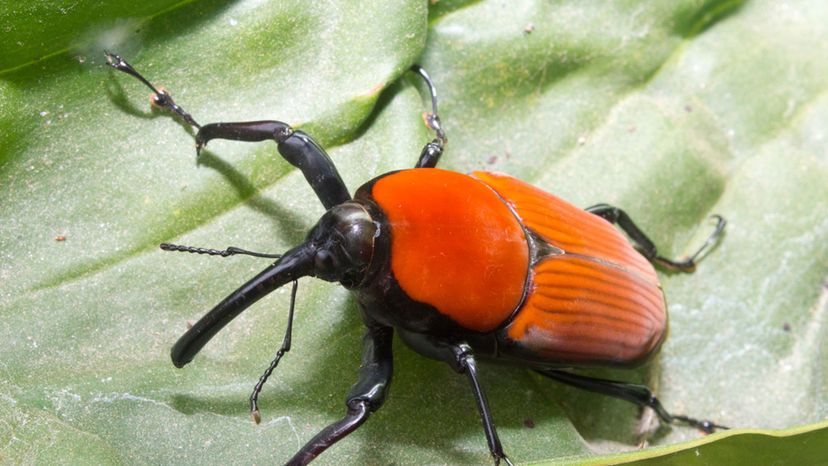
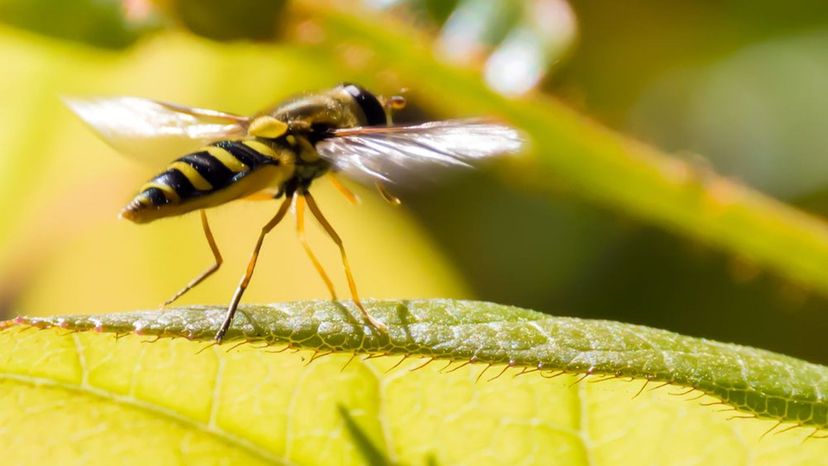

Advertisement
